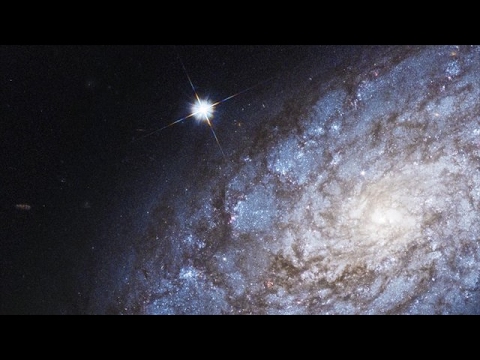Galaxy Genesis: Exploring the Birth of Cosmic Structures
The universe is a vast and mysterious place, filled with billions of galaxies, each containing billions of stars. But how did these cosmic structures come to be? This is the question that scientists have been trying to answer for decades, and one of the ways they are doing so is through the study of Galaxy Genesis.
Galaxy Genesis is the study of how galaxies form and evolve over time. It involves examining the processes that lead to the birth of cosmic structures, from the first stars and galaxies to the massive galaxy clusters we see today. By studying the formation of galaxies, scientists hope to gain a better understanding of the origins of the universe and how it has evolved over billions of years.
One of the key aspects of Galaxy Genesis is the study of dark matter. Dark matter is a mysterious substance that makes up about 27% of the universe, but its exact nature is still unknown. Scientists believe that dark matter plays a crucial role in the formation of galaxies, as it provides the gravitational pull necessary to bring together the gas and dust that eventually form stars and galaxies.
Another important aspect of Galaxy Genesis is the study of galaxy mergers. Galaxies are not static entities – they can collide and merge with one another, leading to the formation of new, larger galaxies. By studying these mergers, scientists can gain insight into the processes that drive galaxy formation and evolution.
One of the most exciting developments in Galaxy Genesis is the use of advanced telescopes and computer simulations to study the formation of galaxies. Telescopes like the Hubble Space Telescope and the James Webb Space Telescope allow scientists to observe galaxies in unprecedented detail, while computer simulations can model the complex interactions that lead to the formation of galaxies.
By combining observations from telescopes with data from simulations, scientists are beginning to unravel the mysteries of Galaxy Genesis. They are discovering how galaxies form, how they evolve over time, and how they interact with one another in the vast cosmic web of the universe.
Ultimately, studying Galaxy Genesis is not just about understanding the past – it is also about predicting the future. By understanding how galaxies form and evolve, scientists can gain insight into the fate of our own galaxy, the Milky Way, and the universe as a whole.
In conclusion, Galaxy Genesis is a fascinating field of study that is shedding light on the origins of cosmic structures. By studying the formation and evolution of galaxies, scientists are gaining a better understanding of the universe and our place within it. As technology advances and our knowledge grows, we can expect even more exciting discoveries in the field of Galaxy Genesis in the years to come.













